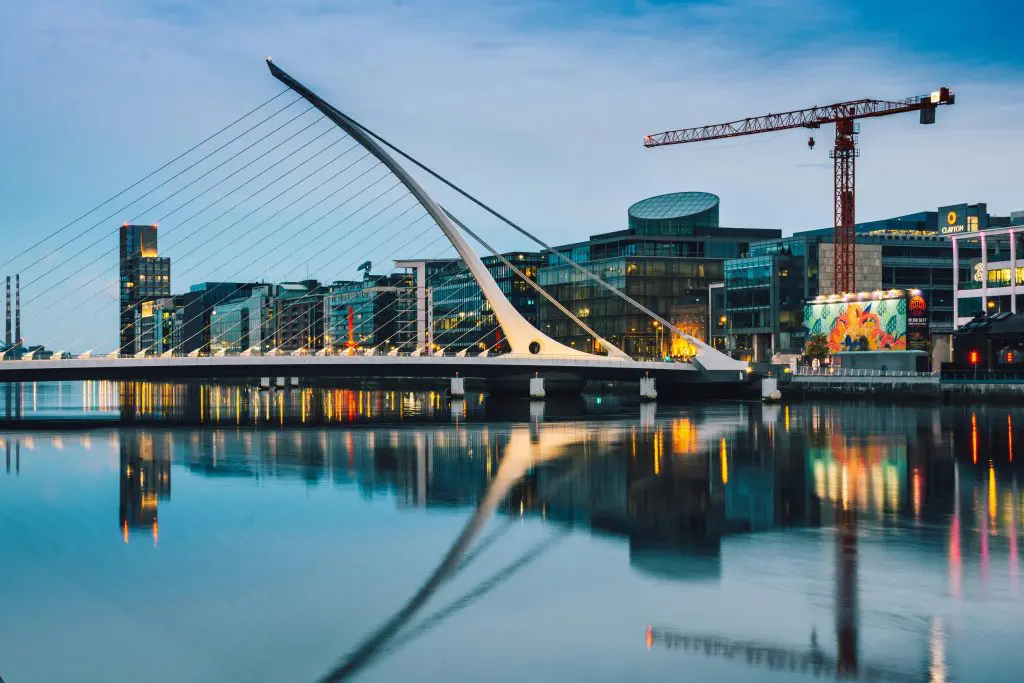
Surface Water Quality in Ireland Continues to Decline, Warns EPA The Environmental Protection Agency (EPA) has released its latest assessment of Ireland’s water quality, revealing that despite some improvements in specific nutrient levels, the overall ecological condition of Ireland’s rivers, lakes, and estuaries continues to deteriorate. Key Findings from the EPA Report The EPA’s three-yearly […]
The Environmental Protection Agency (EPA) has released its latest assessment of Ireland’s water quality, revealing that despite some improvements in specific nutrient levels, the overall ecological condition of Ireland’s rivers, lakes, and estuaries continues to deteriorate.
The EPA’s three-yearly assessment, covering data collected from 2018 to 2024, shows that:
Only 52% of Ireland’s surface water bodies are in satisfactory ecological health, a drop from 54% in the previous report.
Just 1,523 out of 3,189 rivers passed the quality test under the Water Framework Directive, meaning more than half failed.
Estuaries and coastal lagoons are in the worst condition, with 70% rated as unsatisfactory.
Groundwater bodies and canals are faring better, with around 90% meeting water quality standards.
The findings are based on assessments of nearly 3,200 rivers, over 800 lakes, 160 estuaries, nearly 100 coastal waters, 512 groundwater bodies, and 16 canals.
The report identifies several key contributors to the ongoing deterioration in water quality:
Excess nutrients, primarily phosphorus and nitrogen, from agriculture, urban wastewater, and other human activities continue to impact water bodies.
Physical alterations to aquatic habitats, including land drainage, river modification, urban development, and forestry, are also causing damage.
While some targeted areas have seen improvements in phosphorus levels and declines in nitrogen concentrations, overall nutrient levels remain too high, according to the EPA.
Dr Eimear Cotter, Director of the EPA’s Office of Evidence and Assessment, stated:
“Our rivers, lakes and estuaries are the lifeblood of our landscape and support our ecosystems, and our health and wellbeing. But they are struggling. They do not have the resilience to cope with the challenges they face, now and in the future.”
Dr Cotter added that although actions are being taken across various sectors, the scale and pace of implementation are not sufficient to reverse the trend.
The Sustainable Water Network (SWAN), a coalition of 25 environmental organisations, expressed deep concern over the findings. Advocacy and Communications Manager Antóin McDermott criticised the government’s approach:
“Despite Government rhetoric, the real improvements needed to restore our rivers, lakes, and seas to good health just aren’t happening after over fifteen years of decline[…] Rather than focusing on getting pollution derogations from the European Commission, they need to prioritise far stronger measures, delivered with the full urgency it requires.”
SWAN warned that the decline threatens aquatic habitats and species, including salmon populations and the endangered freshwater pearl mussel, both of which depend on clean, healthy waters.
The Water Framework Directive (WFD), adopted by the European Union in 2000, is the primary legislative instrument guiding water quality standards across member states, including Ireland. Its goal is to achieve “good ecological and chemical status” for all water bodies.
Ireland’s underperformance, with more than half of its rivers failing to meet WFD standards, could lead to EU infringement proceedings, fines, or stricter oversight. The directive’s legally binding nature makes it not just an environmental imperative, but a legal one, placing additional pressure on national and local authorities to deliver measurable results.
Ireland’s agricultural sector is a major economic driver, but it’s also the largest contributor to nutrient pollution, particularly from dairy and intensive livestock farming. The Common Agricultural Policy (CAP) has historically subsidized large-scale production, sometimes unintentionally incentivizing practices that degrade water quality.
While recent CAP reforms include environmental conditionality, critics argue that enforcement and monitoring are weak, and that agri-environmental schemes remain underfunded relative to the scale of the challenge. More sustainable models, like precision farming, low-input systems, and agroecology, are slowly gaining traction but need broader policy support to replace polluting practices.
Achieving “good status” across Ireland’s waters will require substantial investment in infrastructure, monitoring, farm advisory services, and enforcement. But questions remain over who bears the cost; farmers, taxpayers, or polluting industries.
Polluter-pays principles are often cited, but in practice, subsidies and weak enforcement dilute accountability. If Ireland is to turn the tide on water quality, it must have a frank national discussion about funding mechanisms that are fair, effective, and scalable.
The EPA’s findings underscore a growing water quality crisis in Ireland. While targeted efforts have led to localized improvements in nutrient levels, the broader picture remains concerning. Ireland’s surface waters, its rivers, lakes, and estuaries, are continuing to decline, and urgent, strengthened action is required across all sectors to reverse the trend and protect these vital ecosystems.
At All-Ireland Sustainability, we’re committed to building a greener, fairer island, together. Stay informed on the latest environmental initiatives, community action, and policy developments shaping sustainability across Ireland, North and South.
👉 Sign up for our newsletter today and be the first to hear about upcoming events, expert insights, and ways to get involved.
Whether you’re a seasoned advocate or just starting your journey, new members are always welcome.
Subscribe now and be part of the All-Ireland Sustainability Membership.